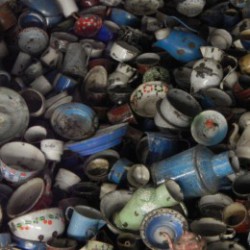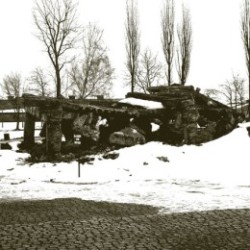Auschwitz-Birkenau Memorial and Museum sightseeing is a truly difficult experience, so why sholud you go there? Why should you deal with all those painful questions you will certainly ask yourself in confrontation with the scale of crimes commited there? You probably know the answer. We have to remember to never let the history repeat itself and we are morally obliged to cultivate the memory of the victims. The same reasons were behind entering the concentration camp on the UNESCO World Heritage List.
After the German invasion, the city of Oświęcim (Auschwitz) was in the Third Reich. In 1940, Nazis established a concentration camp nearby. The first prisoners were mostly Polish, but there were also some Polish Jews and a small number of representatives of other countries. In 1941, when Germany invaded the Soviet Union, many captured soldiers of the Red Army appeared among the prisoners. Not much later, a death camp in nearby Brzezinka was founded. It was designed as a place of mass extermination for hundreds of thousands of Jews and about 20 thousand of Romani people. Auschwitz became a key element in a plan of the ‘Final Solution to the Jewish Question’ and a symbol of Shoah. The existence of the camp ended in 27 January 1945. Nowadays, we celebrate the day of its liberation as the International Holocaust Remembrance Day.
The decision to keep the remains of Auschiwtz-Birkenau as a Memorial and Museum was taken shortly after the war. Auschwitz Museum as a institution take care to preserve the original relics of the camp, conducts research, documentary work and educational activities. Every year, more than a milion people from all over the world visit the place. Our company can book you visit cards to Auschwitz-Birkenau Museum, provide you round-trip transportation (we can pick you up from the hotel) and a licensed guide.










